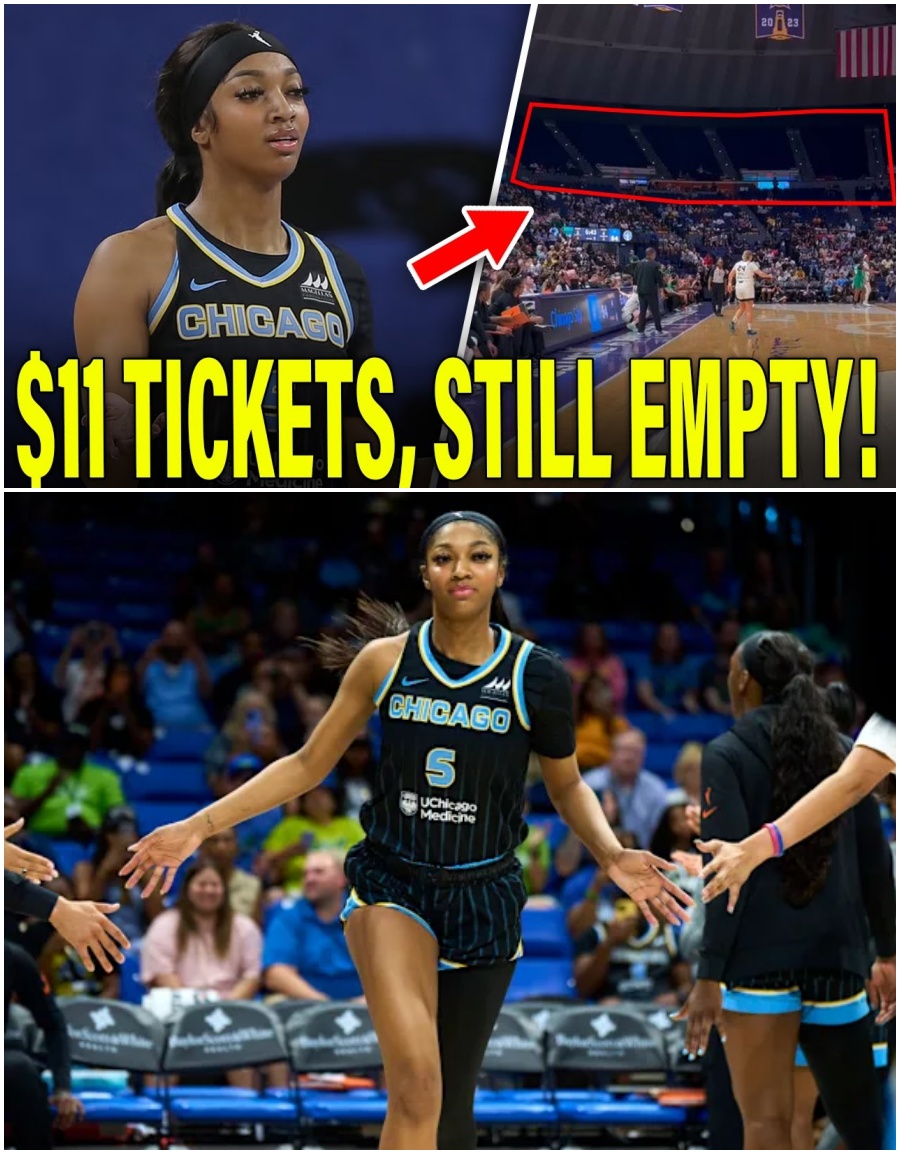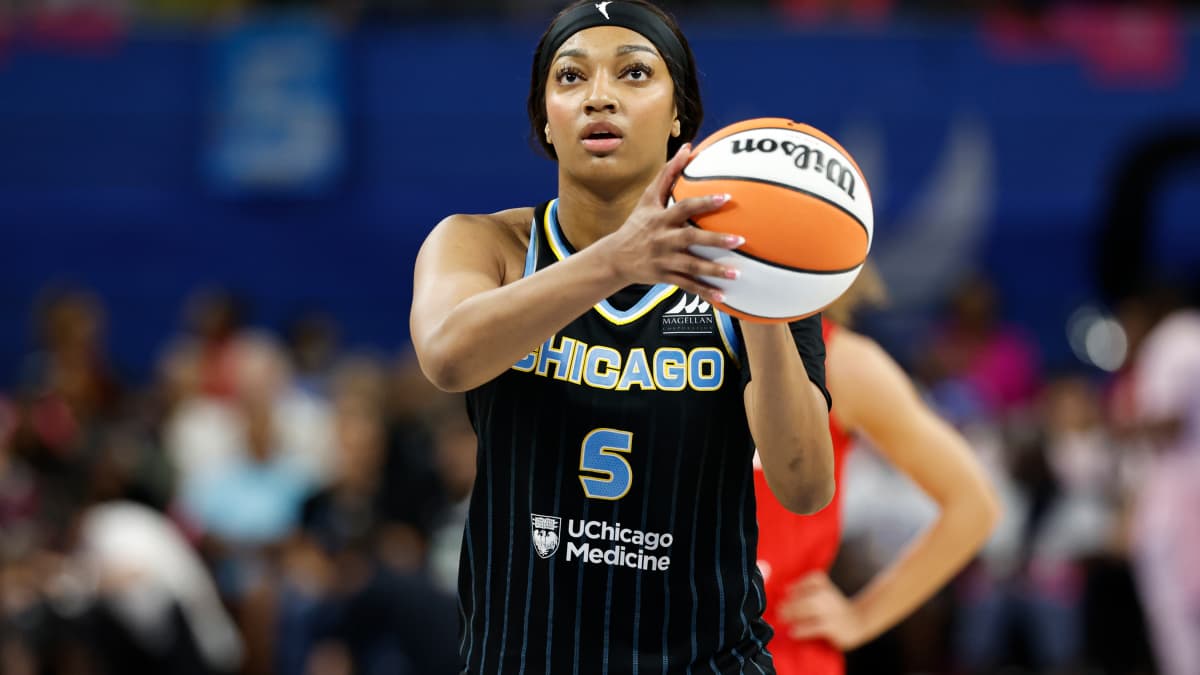
A preseason exhibition game intended to celebrate the return of Angel Reese to Louisiana State University and reignite fan fervor surrounding the burgeoning WNBA star yielded underwhelming results, casting a shadow on her perceived marketability. The October 27th event at the Pete Maravich Assembly Center, a venue with a capacity of approximately 13,000, drew a mere 6,373 attendees, despite reportedly inexpensive ticket prices. This stark contrast between expectation and reality has prompted widespread discussion regarding Reese’s true drawing power within the landscape of women’s basketball, particularly when juxtaposed against the continued and undeniable surge in popularity of fellow rookie sensation, Caitlyn Clark.
The low attendance figures are especially notable given Reese’s status as a national champion and a prominent figure in the recent surge in visibility for women’s college basketball. The homecoming game was marketed as a celebratory event, leveraging her past achievements and connection to the LSU community. However, the thousands of empty seats paint a picture of disconnect, suggesting that the perceived online popularity and social media buzz surrounding Reese may not translate into consistent, tangible fan engagement in the form of ticket sales and in-person attendance.
Critics have pointed to the disappointing turnout as evidence challenging Reese’s own claims of being a major draw for women’s basketball. The event, designed to capitalize on her brand and capitalize on the strong LSU fanbase, instead highlighted a potential gap between perception and reality. The sparseness of the crowd also fueled speculation that a significant portion of Reese’s fanbase may consist of casual followers rather than dedicated basketball enthusiasts, raising concerns about the sustainability of her appeal within the sport.
The underperformance of the event also sparked debate on social media platforms, with many fans expressing disappointment over the lack of support for a player of Reese’s caliber. Questions arose as to why such a high-profile athlete, even with low-priced tickets, failed to fill a venue that is considered a haven for LSU athletics. This discourse has brought to the forefront the complex factors influencing attendance at women’s sporting events and the challenges of translating individual player popularity into widespread ticket demand.
Adding fuel to the fire, a defensive response from Angel Reese’s mother to initial criticisms of the attendance figures only intensified scrutiny. Rather than directly addressing the concerns or offering explanations, the attempt to deflect attention inadvertently backfired, further amplifying the negative sentiment surrounding the event. Observers have noted that a more proactive and transparent approach could have potentially mitigated the damage.
The broader implications of this event extend beyond Angel Reese’s individual brand. The attendance figures have reignited discussions surrounding the marketing strategies employed in women’s basketball and the need for innovative approaches to effectively engage fans and cultivate a loyal and dedicated audience. Understanding the dynamics of the target demographic and tailoring marketing efforts to resonate with their interests is crucial for ensuring the success of future events and the continued growth of the sport.

Meanwhile, Reese’s transition to the WNBA has presented its own set of challenges. While she remains a recognizable figure, her professional career has yet to reach the same level of fervent enthusiasm that characterized her college days. This transition, from dominant college star to developing professional player, is not always seamless, and Reese is facing the inherent difficulties of adapting to a new league, a higher level of competition, and different team dynamics.
The circumstances surrounding her role within the Chicago Sky organization further complicate the equation. Under the guidance of new head coach Tyler Marsh, Reese is reportedly undergoing significant adjustments to her playing style, potentially moving away from the traditionally dominant, post-centric game that defined her success at LSU. This shift could present both opportunities and challenges as she strives to integrate into the team’s strategic vision.
Furthermore, concerns have been raised regarding Reese’s shooting performance, particularly in the context of the WNBA. Her statistical output in crucial areas, including two-point and three-point field goal percentages, reportedly ranked poorly last season, raising questions about her ability to consistently score at the professional level. These statistics suggest that adapting to a new playing style, coupled with the higher level of defensive intensity in the WNBA, may be a significant hurdle for her to overcome.
Analyzing Reese’s shooting percentages reveals potentially alarming trends. Her overall field goal percentage reportedly hovered around 39%, with particularly dismal success rates on shots taken within five feet of the basket. This decline in efficiency, if not addressed, could have a detrimental impact on her role within the team and limit her overall contributions on the offensive end.
Compounding these challenges, indications suggest that the Chicago Sky coaching staff may be prioritizing Camila Cardoso as the team’s primary interior threat. This decision, while potentially beneficial for the overall team strategy, could inadvertently limit Reese’s opportunities for offensive rebounds and further diminish her overall effectiveness and playing time.
In stark contrast to Reese’s struggles, Caitlyn Clark’s ascension in the WNBA continues unabated. Her meteoric rise in popularity and the insatiable demand for tickets to her games highlight the vast differences in their current marketability and fan engagement. Clark’s ability to consistently sell out venues and generate unparalleled media attention serves as a potent reminder of the complexities of building a lasting brand in professional sports and the fickle nature of public perception. The disparity between their current trajectories underscores the ongoing narrative surrounding their respective careers and fuels the debate about the various factors that contribute to a player’s enduring success.






